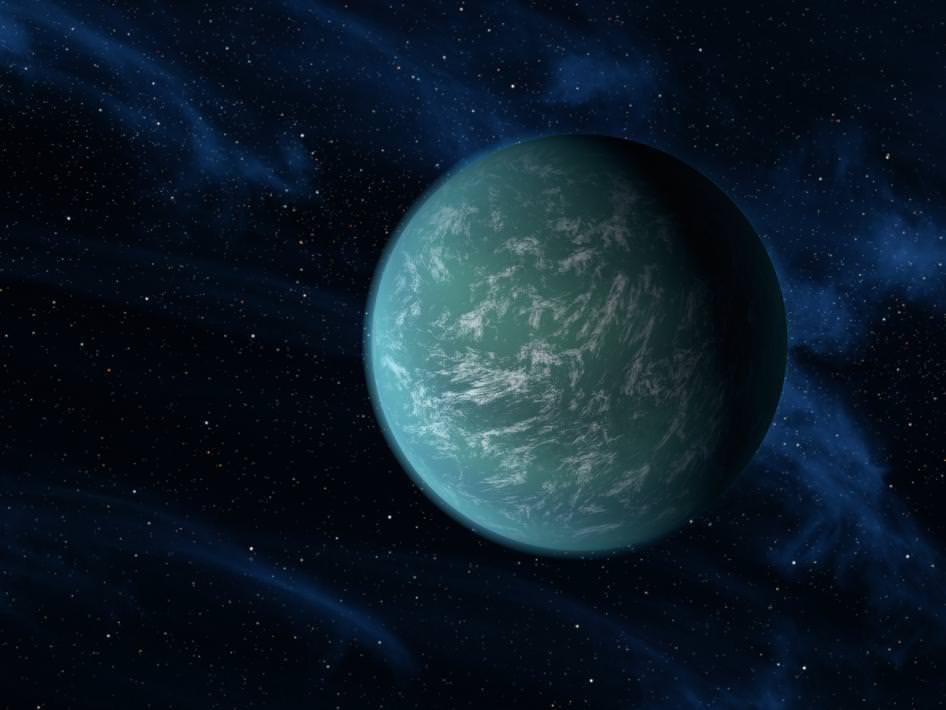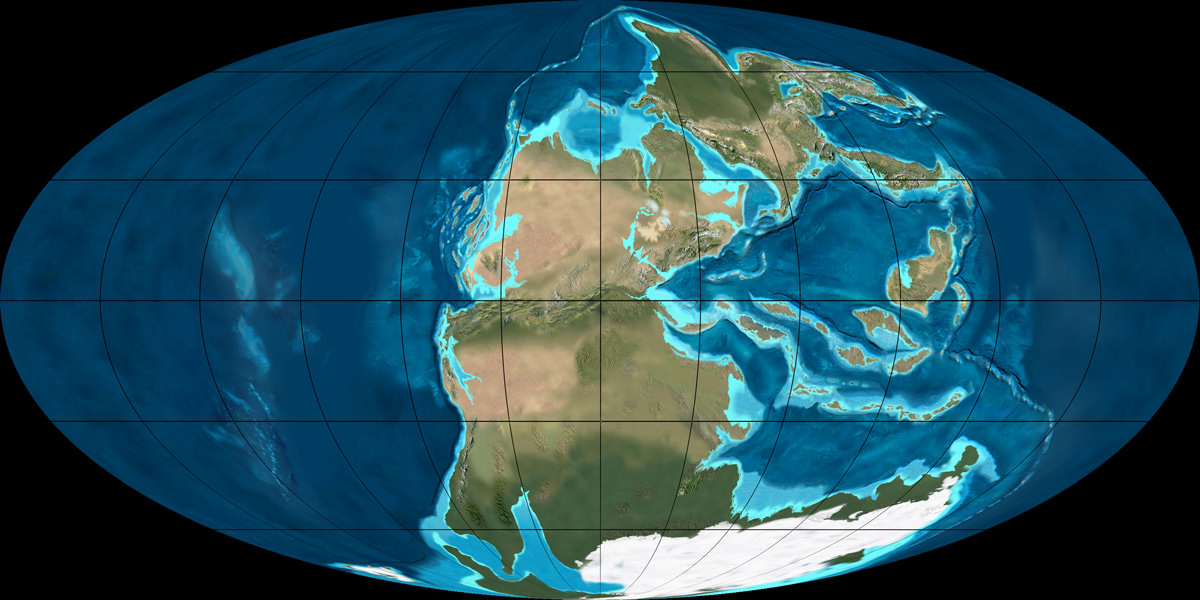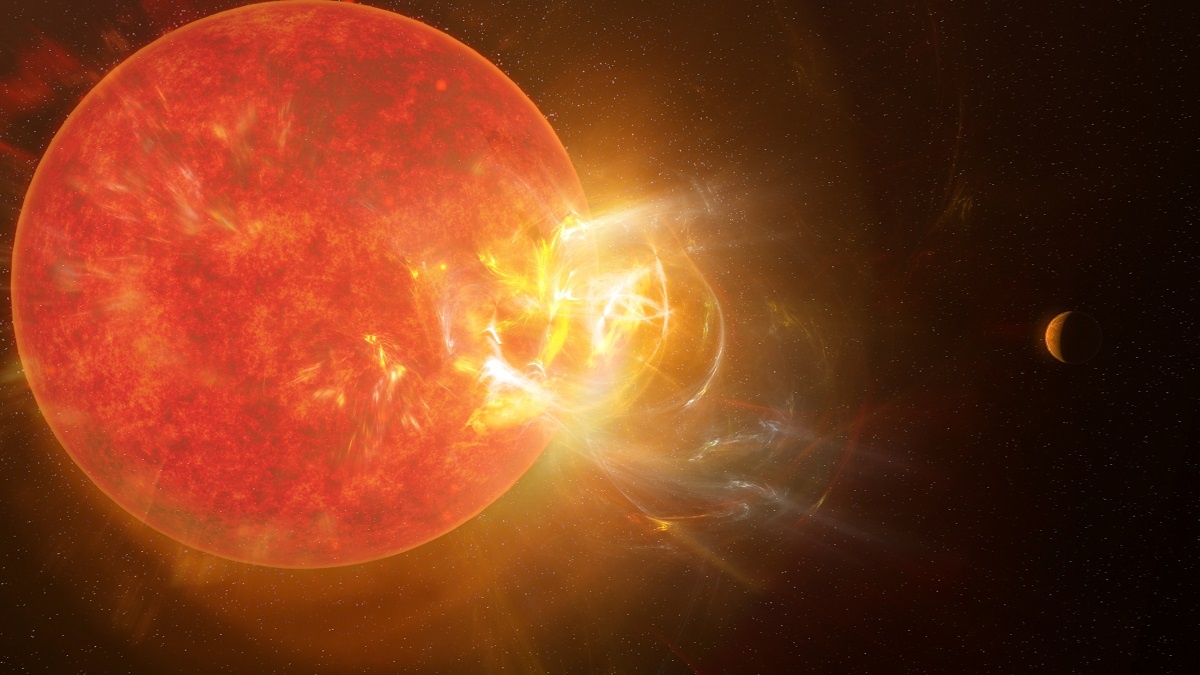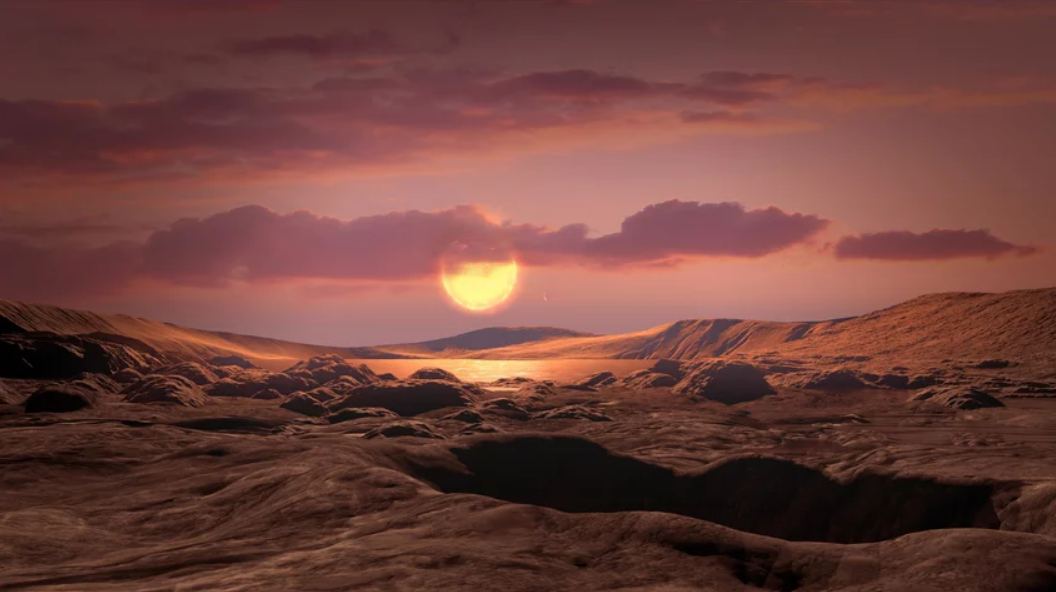To date, 5,250 extrasolar planets have been confirmed in 3,921 systems, with another 9,208 candidates awaiting confirmation. Of these, 195 planets have been identified as “terrestrial” (or “Earth-like“), meaning that they are similar in size, mass, and composition to Earth. Interestingly, many of these planets have been found orbiting within the circumsolar habitable zones (aka. “Goldilocks zone”) of M-type red dwarf stars. Examples include the closest exoplanet to the Solar System (Proxima b) and the seven-planet system of TRAPPIST-1.
These discoveries have further fueled the debate of whether or not these planets could be “potentially-habitable,” with arguments emphasizing everything from tidal locking, flare activity, the presence of water, too much water (i.e., “water worlds“), and more. In a new study from the University of Padua, a team of astrobiologists simulated how photosynthetic organisms (cyanobacteria) would fare on a planet orbiting a red dwarf. Their results experimentally demonstrated that oxygen photosynthesis could occur under red suns, which is good news for those looking for life beyond Earth!
Continue reading “Do Red Dwarfs Provide Enough Sunlight for Plants to Grow?”








